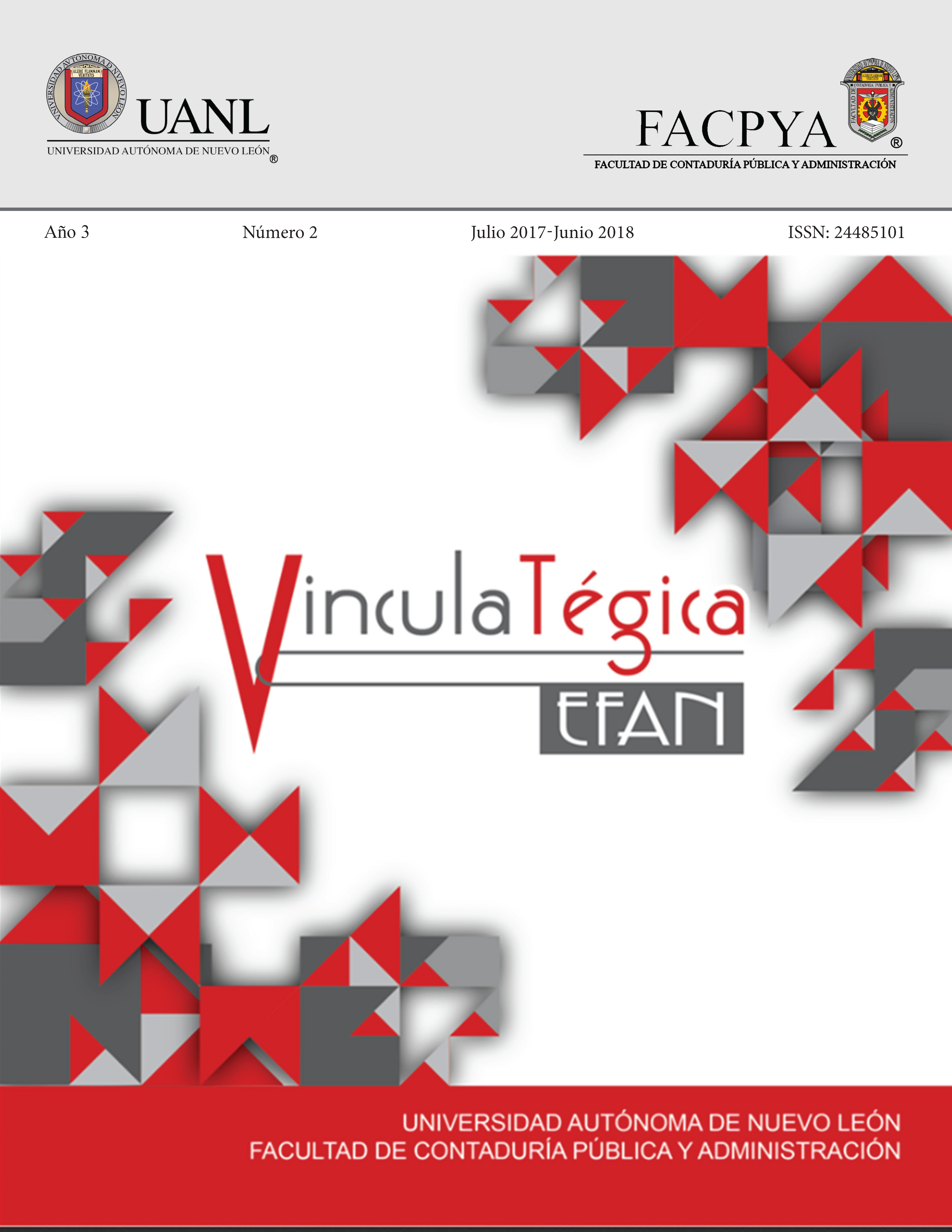Comparison of tools for creating interactive multimedia applications in the university environment
Keywords:
tools, multimedia interactive applications, higher education, softwareAbstract
This article presents the results of a research study that compared three tools for creating interactive multimedia applications in the university environment: PowerPoint, Visual Studio, and Captivate. Fifteen students participated and evaluated each tool based on their perceptions of five aspects: ease of creating an interactive multimedia application, ease of creating highly interactive multimedia applications, ease of remembering how to use them, ease of correcting errors, and level of satisfaction with the tool. After conducting several Friedman tests using the SPSS statistical package, it was observed that students rated PowerPoint positively for its ease of creating multimedia content, remembering how to use it, and correcting errors; however, they recognized Captivate as the best choice for creating high-level multimedia applications. Visual Studio did not score higher than the other two tools in any of the aspects studied.
Downloads
References
Bartolomé Pina, A. R. (1994). (1994). Multimedia interactivo y sus posibilidades en educación superior. Pixel-Bit Revista de Medios y Educación, 1, 5-14.
Bedoya, A. (1997). ¿Qué es interactividad? Revista Electrónica sinpapel.com.
Berking, P. (2016). Choosing Authoring Tools. Estados Unidos: Advanced Distributed Learning Initiative.
Cabrero Almenera, J., Duarte Hueros, A., & Gutierrez María, A. (1999). Evaluación de medios y materiales de enseñanza en soporte multimedia. Pixel-Bit. Revista de medios y educación(13), 23-45.
Cataldi, Z. (2000). Una metodología para el diseño, desarrollo y evaluación de software educativo (Tesis de maestría, Facultad de Informática). Universidad Nacional de La Plata, Argentina.
Clark, J., & Qinghua, K. (2008). Captivate/Camtasia. Journal of the Medical Library Association, 96(1).
Danvers, F. (1994). 700 mots-clefs pour l’éducation. París: Presses Universitaires de Lille.
Jones, V. R. (2015). 21st centuryskills: communication. Children's Technology & Engineering. 20(2), 28-29.
Kalita, M., & Bezboruah, T. (2011). Investigation on Performance Testing and Evalation of PReWebD: A .NET Technique for Implementing Web Applications. IET Software.
Minguell, M. (2007). Interactividad e interacción. Revista Latinoamericana de Tecnología Educativa-RELATEC. Revista Latinoamericana de Tecnología Educativa-RELATEC, 1(1), 23-32.
Treleven, M., Penlesky, R., Callarman, T., Watts, C., & Bragg, D. (2014). Using PowerPoint Animations to Teach Operations Management Techniques and Concepts. Decision Sciences Jounal of Innovative Education.
Downloads
Published
How to Cite
Issue
Section
License

This work is licensed under a Creative Commons Attribution 4.0 International License.
a). Authors keep copyright and give the journal the right of the first publication of the work under a Creative Commons attribution license. This license allows others to share the work as long as original authorship and initial publication in this journal is acknowledged.
b). Authors may make other independent and additional contractual agreements for the non-exclusive distribution of the version of the article published in this journal (e.g., include it in an institutional repository or publish it in a book) as long as they clearly indicate that the work was published for the first time in this journal.







